HRV is a topic I've been interested in for a while as a Biohacker. I've completed over 300 HRV training sessions with HeartMath's devices; which has made me a better meditator and generally, a cooler cat. HRV is a particularly pragmatic metric for the Biohacker thanks to the abundance of science done on the topic and the advent of consumer-grade devices you can use to track yours.
The Pulse Cure, by Dr. Torkil Færø, is the most recent (and, in my opinion, approachable and actionable) book on the topic. The book is the result of a study group of 198 Norwegian volunteers that Dr. Torkil (as he refers to himself on his popular Instagram account) led in using HRV wearables. It is punctuated by a number of anecdotes from Dr. Torkil's Garmin watch study group. For example: Melina, 41, adds
Don’t get stressed out thinking that you have to follow all of the scores and data every single day. Go at your own pace! Eventually you won’t need to track all the data. You will learn when it is the right time to check your status. (p. 94)
Tusen takk (Norwegian for “a thousand thank-yous”), Melina!
HRV may seem nerdy and complicated, but one thing is guaranteed when you start self-quantifying it; unexpected edifying findings. You'll quickly learn some surprising things about how the way you eat, drink, sleep, exercise, socialize, or work impacts the state of your autonomic nervous system and with it, your energy reserves, health, and - ultimately - your longevity. Whether you've just heard of HRV or you're well-acquainted with it, this book will guide you to the health transformation that awaits when start measuring what's now so easy and affordable to measure.
About the author
Dr. Torkil Færø is an impressive guy, a doctor practicing medicine in Norway and abroad for decades, a traveler who has visited over 80 countries, and an "octo-glot" (a word I just invented for someone who speaks 8 languages). In our interview, he shares some life lessons from his time serving as a doctor in wartorn Angola in the 90s, a conflict I read about in "Cry Havoc" by Simon Mann. As a hardcore Biohacker, he's not your ordinary doctor, he writes about why medicine is often wrong...
1. Medicine is not an exact science: the body’s ‘universe’ is so diverse and complex that it is not possible to get a full overview of it and it is difficult to find exact answers to questions about it.
2. Medical facts have a half-life of five years: what we once believed to be true now proves to be false, and what will turn out to be correct at some point has not been discovered yet. (p. 20).
And adds...
The way we practise medicine is backwards: we wait until people become ill before we ‘heroically’ intervene. (p. 17)
"The doctor of the future will be oneself."
Albert Schweitzer, German doctor, theologian, organist, musicologist, and philosopher (p. 12).
A "doctor of oneself" - that's what we call a biohacker!
I'm proud to announce that Dr. Torkil is part of the expert client consulting team for our new flagship program, Anakainōsis.
Why do we need HRV monitors?
Why do we need to use monitors? We need them because our bodies speak softly, and we are poor listeners. (p. 83)
Good point. We often stoically soldier on through the stress and overwhelm that life throws at us, not listening, and we pay a high cost in preventable health conditions. How do you start listening better...?
Quantify your "body budget" with an HRV-measuring Garmin smartwatch
The book pulls no punches in pitching what I am now convinced is currently the best HRV wearable - Garmin's line of fitness tracking watches.
Each of us has a certain amount of physiological energy that is available to us to be used for physical and mental tasks. I call it a body budget. (p. 26)
I would recommend that you try to get the energy level of your Body Battery up to at least 80 in the morning and not under 20 in the evening most days of the week (the scale goes from 5 to 100). (p. 88)
This is a brilliant feature! It lets you know if you've got the biological reserves to push hard on a given day (but it shouldn't be your only source of self-knowledge - don't use it as an excuse to be a wimp!)
The most affordable models of heart rate monitors are sufficient for most users, but the big advantage of using the more expensive Garmin models is that they can assess the efforts you make during exercise. This is especially useful for those of you who do not work out regularly because you may have a greater need for recovery after exercise than you think. The watches can also estimate your fitness level and your biological age, which are among the most important factors for having good health in the future. (p. 87)
A big, practical advantage of Garmin watches is that the functions can be set so that with a touch of a button you can find out your stress level in the present moment. (p. 88)
Having done over 300 HRV training sessions with HeartMath's devices clipped to my ear, I really like the idea of an HRV tracking watch...
The issue with many HRV devices is that you only give biofeedback data when you're using them. Whereas, a watch is just a watch - you can sleep, swim, eat, or even make love with it on (just be careful with the lube!)
The book moves on to discuss several other popular HRV wearables...
About the Oura Ring
it is especially good at assessing sleep quality and the different phases of sleep. The Oura Ring also shows a recovery score that tells you if you are ready for a challenging day or not. Each morning you can look at your scores in the app connected to it and, based on what they say, make better decisions when you are looking at the day’s tasks ahead of you, such as whether you should take several small breaks or allow yourself to go for an extra run. (p. 89)
Dr. Torkil compares the Garmin to the ring, which he recommends highest if sleep is something you struggle with
When it comes to assessing my sleep phases, I rely mostly on the Oura Ring, which gives a fair indication of the night’s sleep quality and recovery. The Garmin watch proved slightly less precise in its assessment of sleep phases but offers a better picture of the quality of recovery. (p. 129)
About the WHOOP band
What WHOOP is especially good at is comparing the scores of your morning recovery with your stress levels during the day in order to be able to recommend how much you should exercise and exert yourself. (p. 90)
If you're a biohacker ballin' on a budget HRV smartphone apps are a decent option
It is possible to use a mobile phone to take short readings by having the camera phone and the torch function work together to get your heart rate variability. Go to the App Store (iPhone) or Google Play (Android) and search: Heart rate variability camera. A variety of options will appear. HRV4Training (hrv4training.com) is a good one, but I have not tried all the alternatives. Using your phone, you can then take a current snapshot of the state of your nervous system and assess it several times during the day. (pp. 91-92)
When I first tried an EmWave device over a decade ago, I was pretty skeptical of the HRV camera apps (that would sometimes burn your finger a little). However, I compared the app's scores with device readings on my laptop. And found that the app did a not bad job, it was generally consistent with the device. But, I still think that an HRV device is a smart buy.
Wrangling the mammalian brain
Discussing the sympathetic and parasympathetic duality in the autonomic nervous system nervous system
To gain control of the balance between these two systems is to acknowledge the animal in us. We are not merely human. We are human animals. And if we overlook the animal in ourselves, we also become less human; ultimately, we have less energy to utilise our advanced brains. (p. 47)
The first pitfall of the mammalian brain
comparing yourself to other people. Mammalian survival is closely connected to our intense striving to compare ourselves to others. We get a serotonin kick when we feel that we are better than those we compare ourselves to and a charge of cortisol when it feels like the opposite. One consequence of this is that we avoid fighting those who are stronger than we are. We can more readily ensure our survival by adapting and finding our place in certain hierarchies. (p. 49)
Speaking of comparison
It is worth noting that people who have endured a traumatic and difficult childhood and adolescence have a lower heart rate variability and a higher stress level and are especially vulnerable to suffering stress disorders and diseases in general. This is why it is important not to compare the numbers you get with those of others. Instead, you should only relate to your own HRV numbers and do it over a period of time. (p. 78)
Toxic comparison, as I term it, is something most humans suffer from a bit. A pretty good way to do it less is to stop following all those social media accounts showing off an unrealistic (and perhaps, faked) lifestyle. What about the toxic comparison to family members who might seem to have their lives together better than yours? Well, I'm working on a solution to that with a client, stay tuned!
On intuition
I reckon that intuition is a word that could be used to describe the functioning of this part of the brain. Intuition is like a shortcut to our collected emotional experience. (p. 41)
The immunity-HRV connection
According to immunologist Jenna Macciochi: ‘HRV is an excellent estimator of your overall immune health. In a low-HRV state, your system is working overtime to maintain the processes required for physiological homeostasis. As a result, your body is less capable of adapting to acute stressors. (p. 57)
Minding your HRV makes your immune system not aggressive, but balanced - which is what you really want...
Many people talk about the necessity of having a strong immune system. However, it is more precise to say that we need a balanced immune system, one that attacks the right intruders when it is supposed to and does not turn on its own cells when it is not. For this to happen, our stress needs to be balanced well. (p. 52)
HRV and inflammation
According to psychiatrist and doctor Jeffrey Rediger at Harvard Medical School, only 5–10% of diseases have arisen by chance or can be due to the genes we inherit. In 90–95% of all instances of disease, our modern, inflammation-causing lifestyle is the common factor among them. (p. 60)
Inflammaging is defined:
a much-used term in popular medical literature. It indicates that much of the cause of what we call ageing is due to diseases that are caused by inflammatory reactions in the body, which can actually be avoided. In other words, what is going on is that inflammation-triggered diseases are being misinterpreted as ageing. (pp. 232-233)
The good, and at the same time bad, news
the best medications for us are in fact free, effective, and easily available to us: good sleep, sufficient exercise, good stress management, rest, participation in meaningful activities, healthy food, being hydrated, socialising with others, being exposed to the cold such as in showers, breathing exercises, and being present and attentive in the moment. All of this provides the body’s immune system with the conditions it needs to do the job it does best and has taken millions of years to learn – keeping us healthy. (p. 64)
Jedi mind trick for stress
It is asserted
In fact, there is no such thing as bad stress. Even the stress that we perceive to be very negative offers us the opportunity to grow and become stronger. (p. 135)
Because...
The key lies in how we are able to deal with an obstacle and the solution to this can be found in the way we think about it. According to American psychologist Kelly McGonigal, our perception of stress is the most important factor here. Instead of focusing on the negative aspects of stress we should appreciate its positive sides, and then our physiological and emotional experience of stress would change. (p. 136)
Kelly McGonigal distinguishes between a threat response and a challenge response. In a threat response we do not think we will be able to do a task and we get defensive, saying to ourselves: ‘I can’t handle this; it’s too much.’ In a challenger mode we do think we can do something, and we go on the offensive, telling ourselves: ‘I can handle this; I possess the resources to face this.’ (p. 137)
That's fascinating, so we can diminish the harm of stress by reframing it in our minds as a challenge to be conquered.
Find flowstate
I experienced one of the most sublime flowstates of my life HRV training, after smoking a little cannabis once upon a time in Medellin, Colombia. Dr. Torkil suggests breathwork to achieve a hypnogogic state, here's a guided session to try.
Breathwork a surprisingly potent Biohack, I find that 10-15 minutes of stimulating breathwork has an effect on my brain training scores similar to hardcore smart drugs like Modafinil or Phenylpiracetam.
On exercise
The investment you put into exercising will drain your body budget on a particular day, but over time this investment will pay off in the form of better heart rate variability, physical stamina, and a surplus of mental energy. (p. 149)
But he warns
One hour of intense exercise cannot compensate for 23 hours of inactivity. A serious and sobering statistic that we all should let sink into our heads is that only one week sitting still can increase our insulin resistance, and thus the risk of diabetes, by 700%. (p. 150)
This is why I use a standing desk intermittently throughout the day (a geek it helps prevent my posture from devolving into a Golem-like state!)
Exercise beats the hell out of therapy for mental health (my words, not his)
I often advise anxious and depressed patients to exercise. Some people benefit from taking medication and/or going to therapy, but, unfortunately, I am rarely impressed by the results of the efforts of the mental health services sector. I meet patients far more often who believe that increased physical activity causes them to feel better in regard to their mental health than I do patients who attribute their improvement to conversational therapy or medication. Get into good physical shape first and see which symptoms remain. That is my advice – both to you and to myself. (p. 156).
The ROI on exercise
Exercising 150 hours a year for 50 years is an investment of 8,000 hours. Six years of being alive is 53,000 hours. That results in a surplus of 45,000 hours to live. So, by this reckoning every hour invested in moderate movement will in fact give you 6 to 7 hours of extra life. (p. 157)
The "grab test" for your belly
How to test whether the fat you have is mostly subcutaneous fat or dangerous visceral fat
Grab your belly fat. If it feels like a pillow when you squeeze it in your hand, then it is mostly subcutaneous fat. If it is more like squeezing a hard ball, then you probably have more visceral fat. (p. 222)
Booze vs HRV
Just two or three innocent glasses of wine can shatter the night’s recovery process more than any other factor. (p. 200).
But...
The most important reason for measuring your heart rate variability is not necessarily to cut out alcohol completely; it is to understand the effect that alcohol has on you. The more you understand how it affects you, the easier you will find it to decide how often – and how much – you should drink. People react differently to it. Perhaps alcohol consumption will affect you minimally. Or maybe it will be the opposite, and you will feel its effects more heavily than others do. (p. 206).
Biohackers endlessly debate the booze question: is it the devil's nectar or should we all be tipping back vino every night like they do in Sardina and other longevity "blue zones?" Well, it depends on how you respond to it; and HRV monitoring will let you know.
If you find that you're one of those people whose HRV is just wrecked by booze, try Phenibut. It works just about as well to take the edge off, can replace a social drinking habit for about a dollar a night, makes music sound cooler (yes, really), and you'll sleep sublimely after taking it!
Nicotine vs HRV
He's not a huge fan of nicotine personally, writing
Using my heart rate monitor I discovered that on the days I used snus it was nearly impossible to read and differentiate between the other stresses. The effect of the nicotine activated my nervous system so powerfully that it was running on high gear and neither breathing exercises nor power naps were able to mute its effect. The impact of this lasted long into the night, disturbed my sleep, and contributed to me not being fully recovered when I woke up. (p. 227)
I guess this is another place where human bio-individuality shows up. The smart drug that I get the highest coherence scores on is (reliably) nicotine.
If you are going to use nicotine, you should really measure your HRV on it and off it to see if it's harming or helping.
Aging with grace - is it all in your head?
Interestingly, people’s attitude towards becoming older is an important factor in aging.
Research has shown that the people who have a positive attitude towards old age tend to live seven years longer than those who have a negative attitude towards it (this is corrected for state of health, depression, socioeconomic status, and other possible factors). This is likely connected to the fact that people who have a positive view on getting older and associate words like ‘wise’ and ‘capable’ to elderly people more easily exercise and follow the advice of their doctor. (p. 234)
A research project looked at what impact these two extremes of attitude may have during an acute health crisis, such as a hip fracture, lung disease, or cancer. Patients who had a positive view of ageing responded to a situation such as this by increasing their efforts to look after their health. And the opposite of this was true – negatively predisposed patients were even less motivated to make an effort. In a way, a person could somehow manage to ‘think’ their way into improving their health since these thoughts do lead to actions that promote healing. (p. 234)
This is a good place to interject the wise words once offered to me by a mentor in my 20s; "Getting older only sucks if you're stupid. If you're smart, you think ahead, and make good decisions life gets better as you age." And I've found this to be true, I like myself and my life more and more as the years have passed since she told me that.
The book is an approachable, easy read. If you're wondering how long it is...
This whole book takes an estimated five hours to read, and during these 20,000 heartbeats and 4,000 breaths you will hopefully have made an investment in millions more of them! (p. 19).
It's well worth reading while you're waiting on the delivery of an HRV device (which, again, will yield unexpected edifying findings about yourself)
Support me on Substack? For $7/monthly?
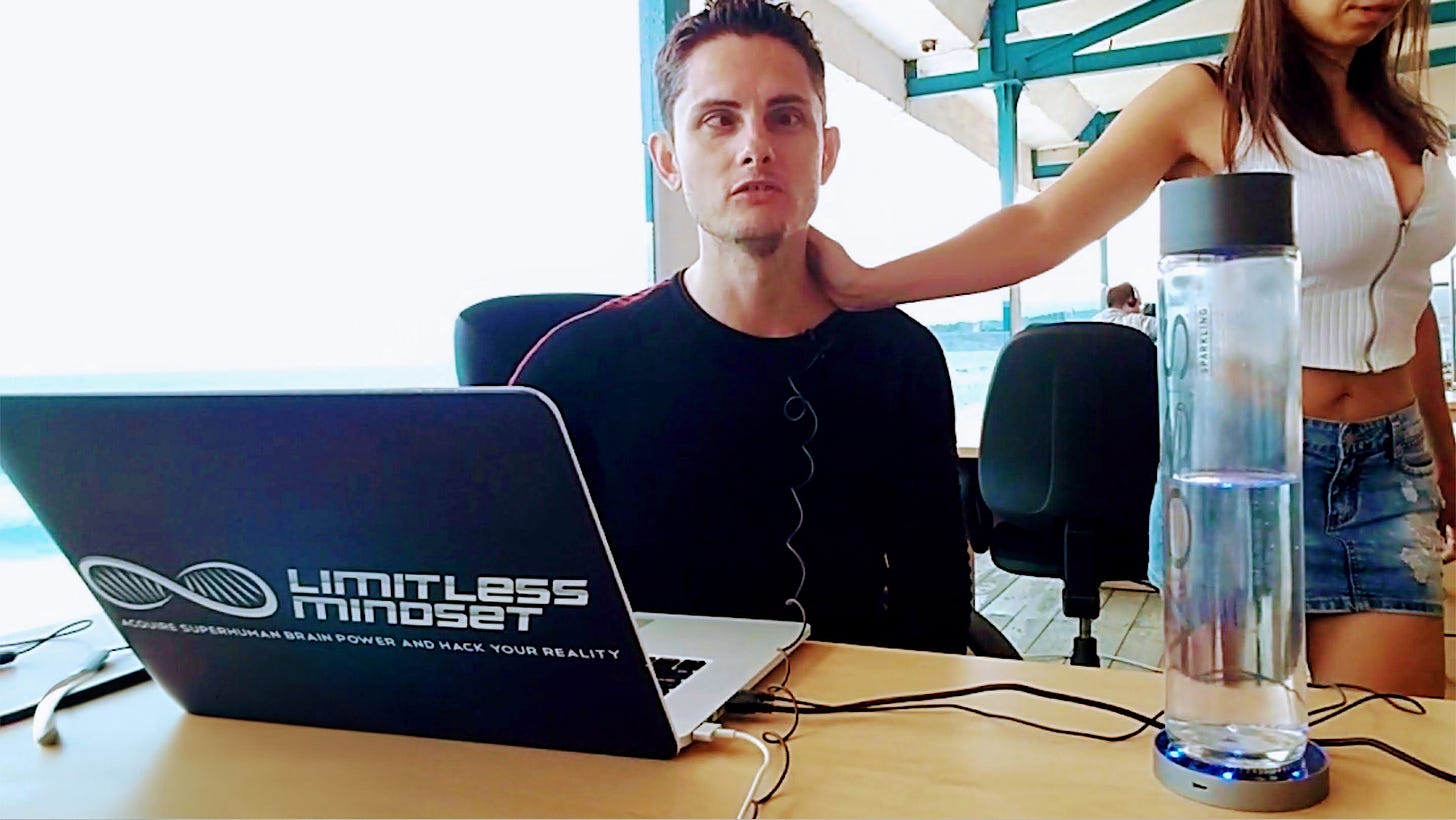








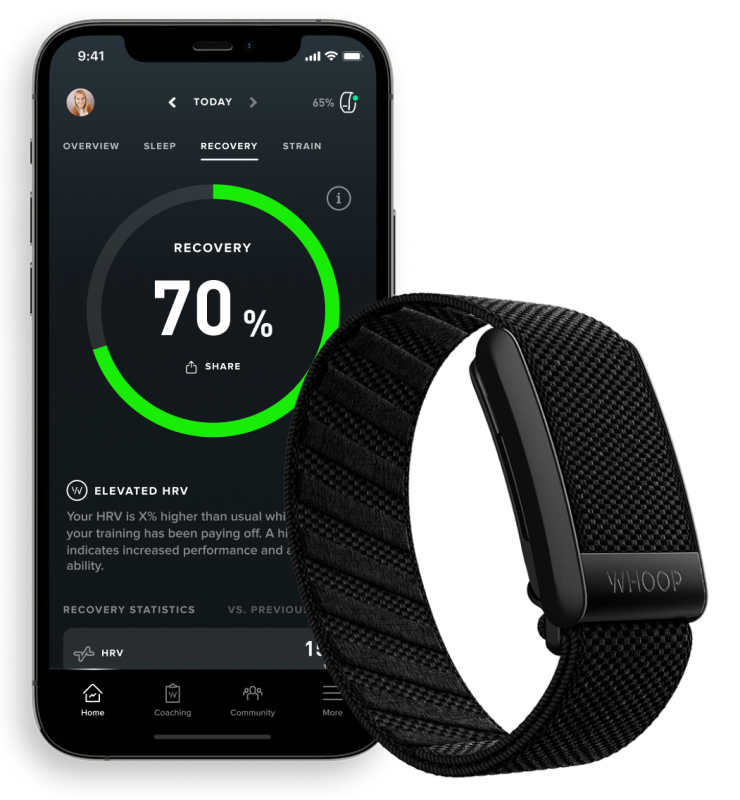


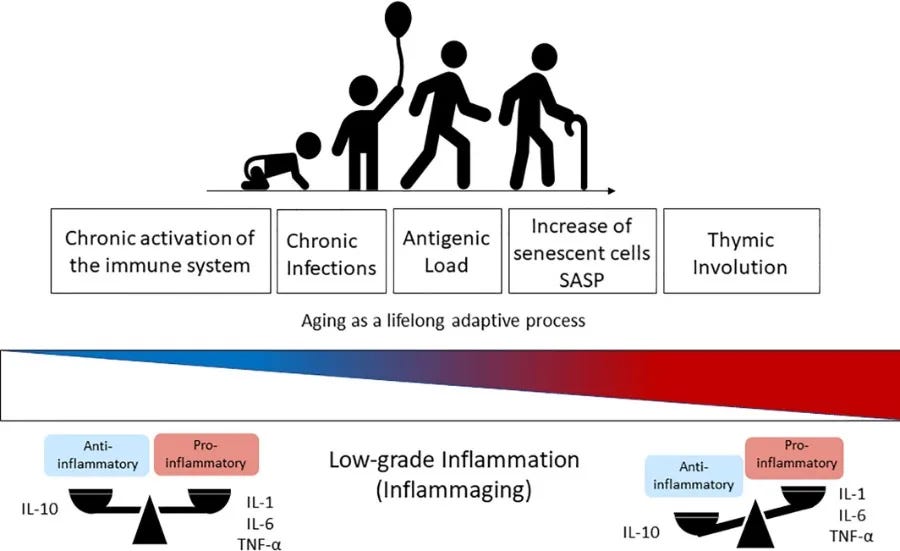
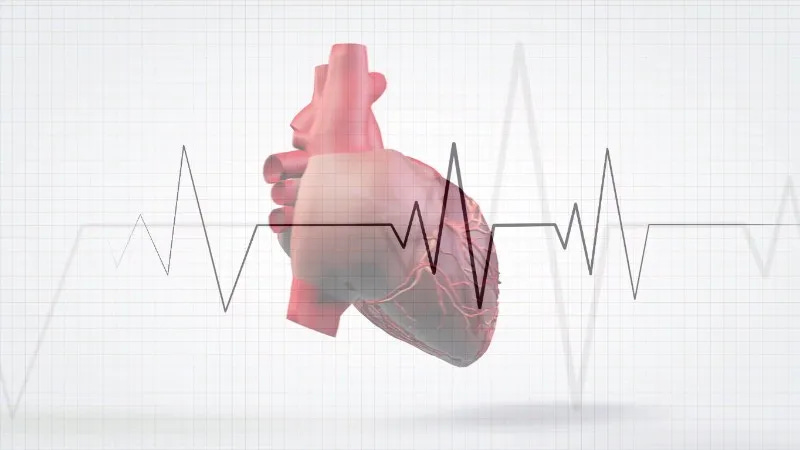
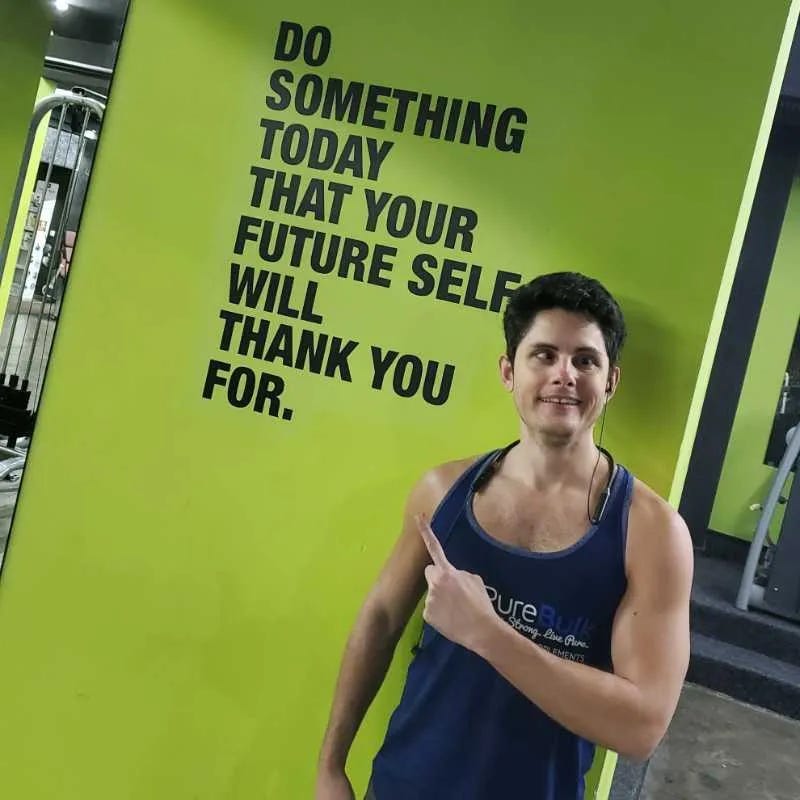
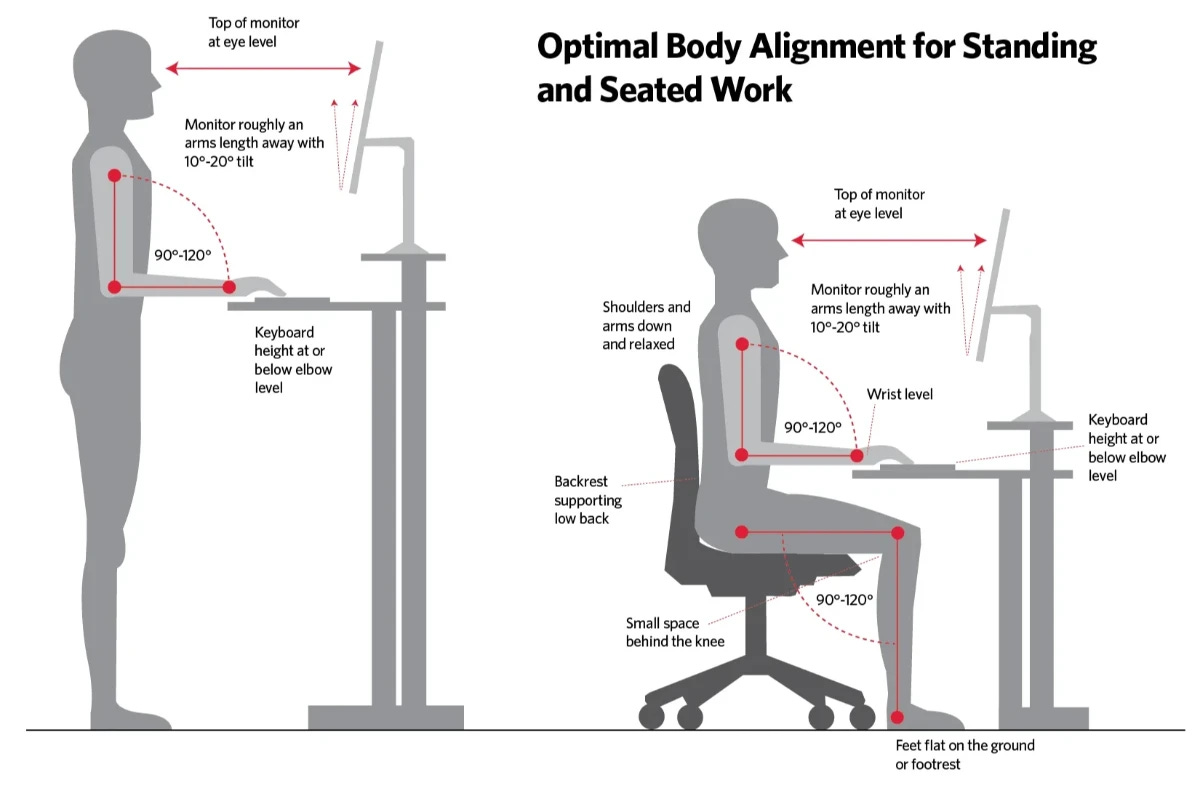
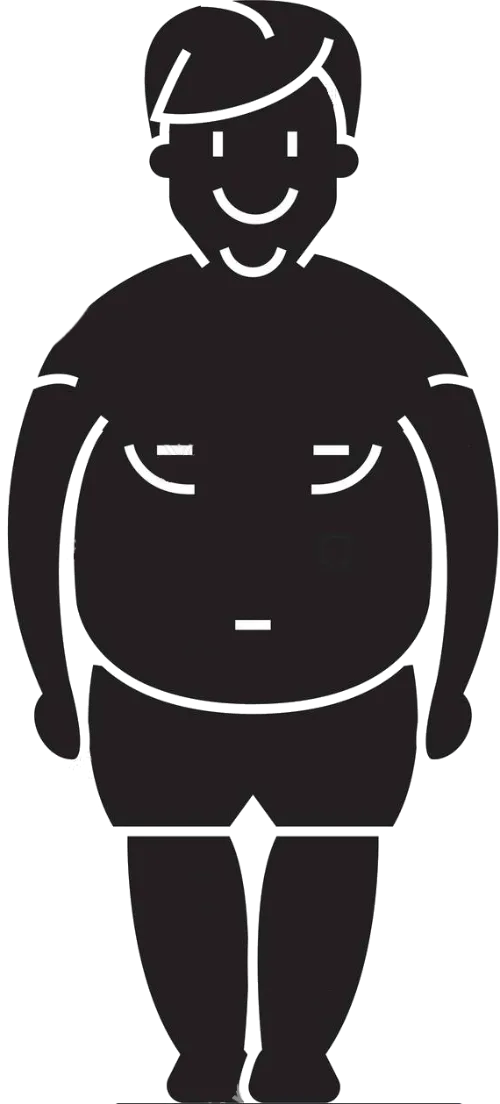



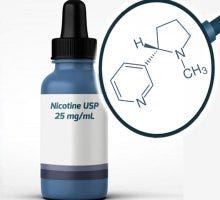
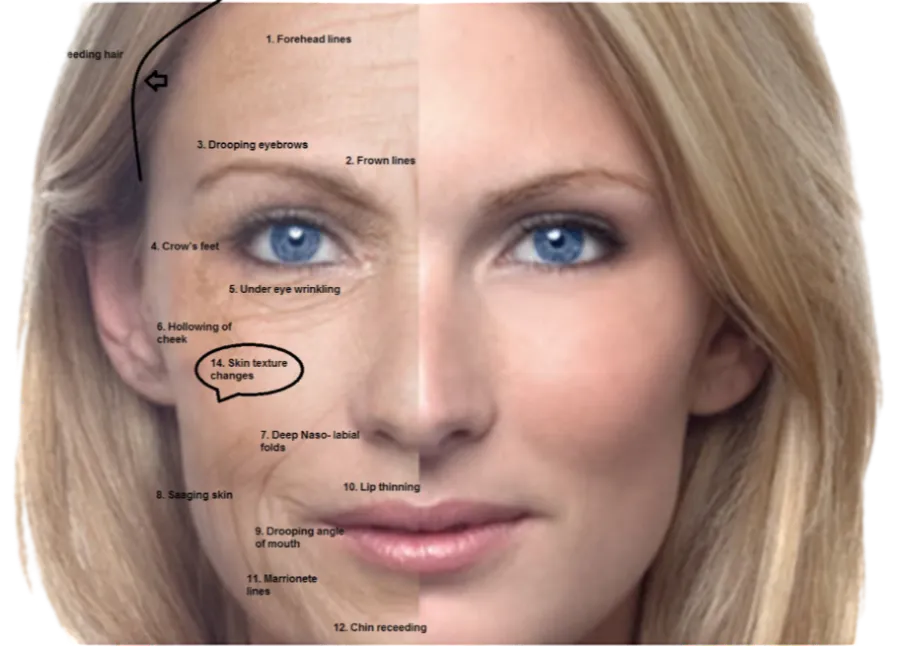












An HRV-Hackers Guide to Living Fully for Every Beat